Mr. T. smoked 10 cigarettes a day for 40 years. Recently, he had a mouth ulcer that would not heal, and the doctor discovered he had oral cancer.
Mr. T. said that a year ago, inside his left cheek there was a lump, hard like a grain of sand. 6 months later, the lump increased in size, the left cheek area ached dully, he had difficulty chewing food, thought it was a toothache but a dental examination found nothing unusual. 3 months later, the lump appeared ulcerated, the mouth area was painful.
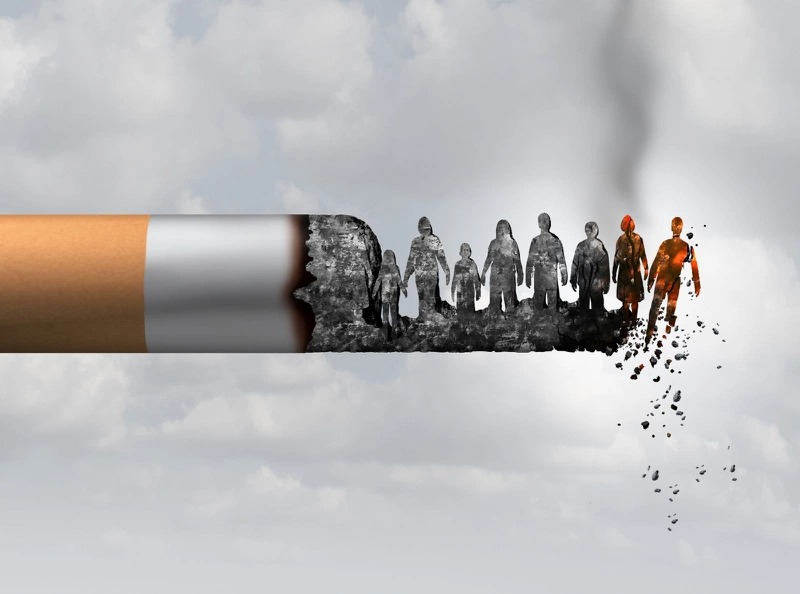 |
| Illustration photo. |
He went to the pharmacy to buy medicine, the pain subsided but the ulcer did not heal so he went to the hospital. According to the patient, he had been smoking since he was 20 years old. For more than 40 years he smoked 10 cigarettes a day, and only drank alcohol occasionally.
During times of stress, he can smoke up to 15-20 cigarettes a day. For the past 3 years, due to diabetes and high blood pressure, he has smoked less.
Master Doctor CKII Doan Minh Trong, Head and Neck Unit, Tam Anh General Hospital, Ho Chi Minh City said that oral cancer is a condition in which the oral cavity forms malignant lesions in locations such as the tongue, mucosa, gums, floor of the mouth, palate (the partition between the nasal cavity and the oral cavity), and lips.
In Southeast Asia, there are more than 180,000 cases of oral cancer each year, about 90% due to smoking habits. The disease occurs mainly in men after the age of 50.
The cause of oral cancer is still unknown, but there are some factors that increase the risk of the disease such as smoking, drinking alcohol, infection with human papillomavirus (HPV), epstein-barr virus (EBV), family members with oral cancer...
Poor oral hygiene or gum disease also increases the risk of developing oral malignancies. Exposure to secondhand smoke, especially over a long period of time, can lead to oral cancer.
Smokers are 5 to 6 times more likely to develop oral cancer than non-smokers. The longer you smoke, the higher your risk of oral cancer. Smokers and drinkers are 30 times more likely to develop oral cancer than non-smokers or non-drinkers.
As in Mr. H.’s case, smoking a lot of cigarettes is one of the risk factors for this disease. Doctor Trong said that cigarettes contain more than 60 toxic substances: formaldehyde, arsenic, radioactive substances, hydrogen cyanide, benzene, etc. These substances weaken the immune system and can cause DNA (gene) mutations leading to cancer. Cells in the mouth with damaged DNA can lead to cancer in this area.
The World Cancer Organization recorded 389,846 new cases of oral cancer and 188,438 deaths from the disease in 2022, a mortality rate of nearly 50%.
Patients may develop ulcers that are easily confused with canker sores. Canker sores are usually concave in the middle, white or gray in color, with red or pink edges, painful but benign, and usually heal within two weeks.
Or a lump in the neck, bleeding from the mouth, loose teeth, swelling or pain in the lips that does not heal, difficulty swallowing, changes in voice, unexplained weight loss... can also be caused by oral cancer.
Because the symptoms of oral cancer are often unclear, patients often discover the cancer when it is in its late stages.
Doctor Trong recommends that when the mouth area shows signs of tumors, red or white patches, ulcers that do not heal after 1-2 weeks, swollen jaw, prolonged mouth pain, difficulty swallowing, chewing, etc., you should see a Head and Neck specialist for examination, diagnosis and appropriate treatment.
If cancer is suspected, the doctor will take a small tissue sample and send it to the Pathology Department to determine whether it is benign or malignant. The patient may be ordered a computed tomography (CT) or magnetic resonance imaging (MRI) scan of the head and neck to see if the cancer has spread.
Treatment for oral cancer depends on the type of cancer, its location, and how far it has spread. The most common treatment is surgery to remove the tumor. The extent of surgery may depend on the size of the tumor and how far the cancer has spread.
The doctor may remove surrounding tissue and nearby lymph nodes. After surgery, depending on the condition, the doctor may prescribe chemotherapy or radiation therapy to prevent recurrence, metastasis or to stop the disease from developing.
Source: https://baodautu.vn/bi-ung-thu-mieng-sau-40-nam-hut-thuoc-la-d218310.html




![[Photo] Prime Minister Pham Minh Chinh chairs meeting to discuss tax solutions for Vietnam's import and export goods](https://vstatic.vietnam.vn/vietnam/resource/IMAGE/2025/4/10/19b9ed81ca2940b79fb8a0b9ccef539a)
![[Photo] Phuc Tho mulberry season – Sweet fruit from green agriculture](https://vstatic.vietnam.vn/vietnam/resource/IMAGE/2025/4/10/1710a51d63c84a5a92de1b9b4caaf3e5)
![[Photo] Unique folk games at Chuong Village Festival](https://vstatic.vietnam.vn/vietnam/resource/IMAGE/2025/4/10/cff805a06fdd443b9474c017f98075a4)

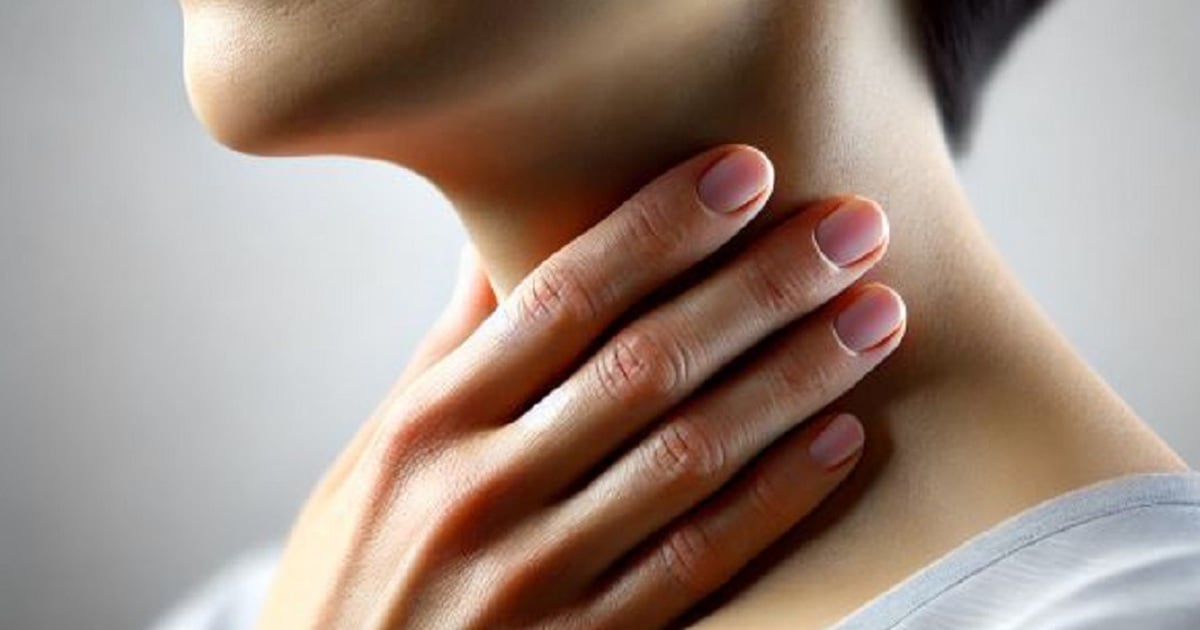

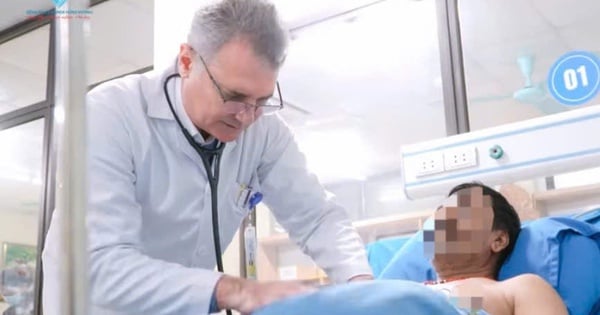



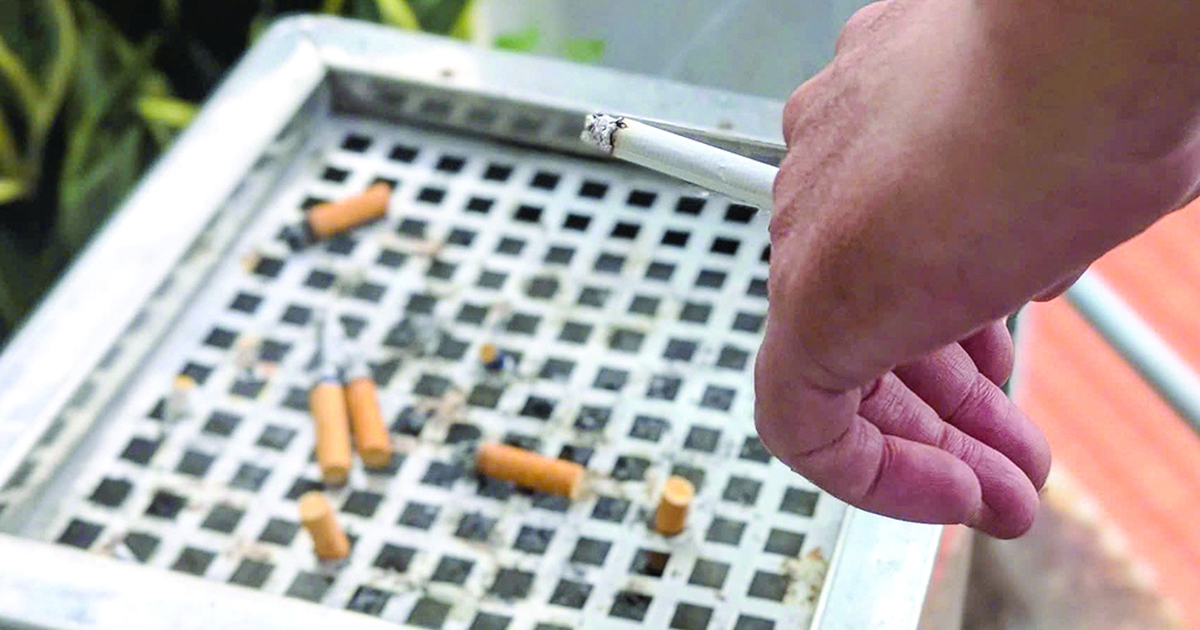
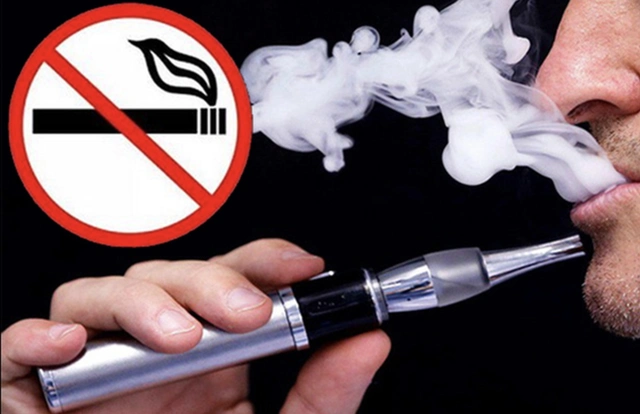

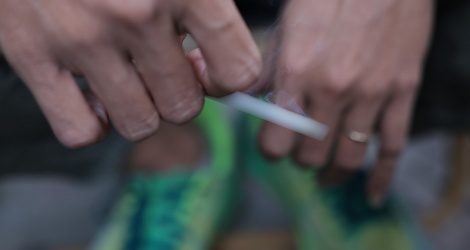












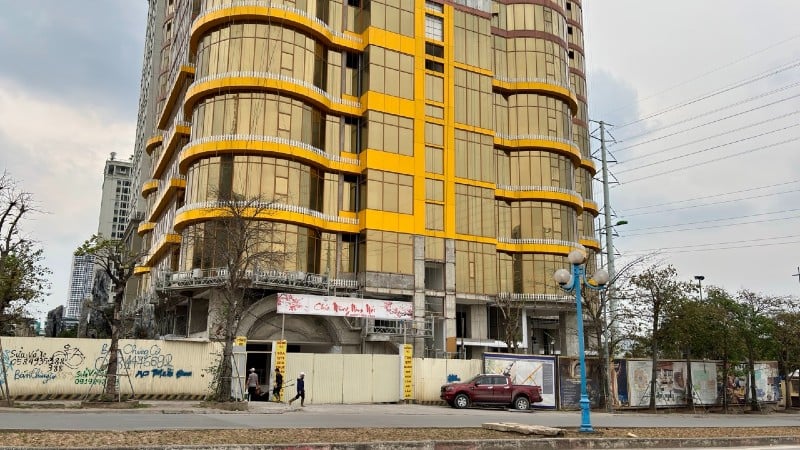
































































Comment (0)